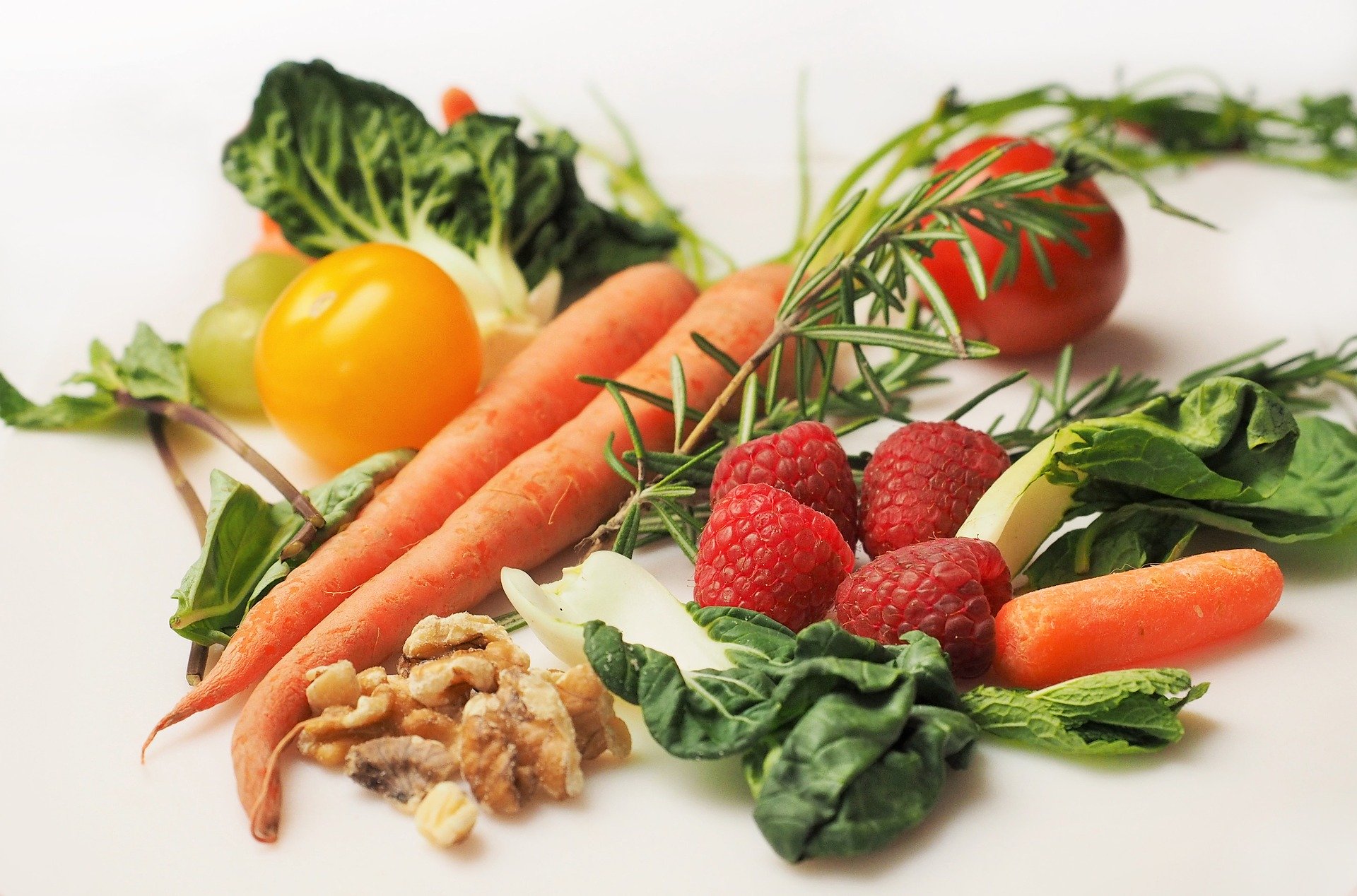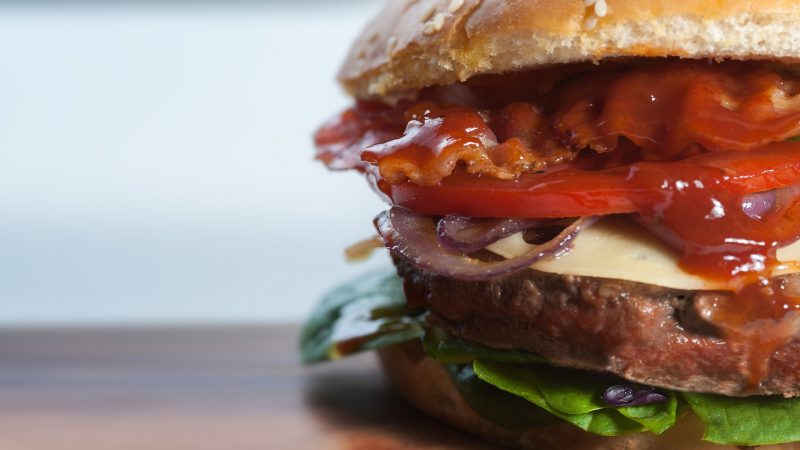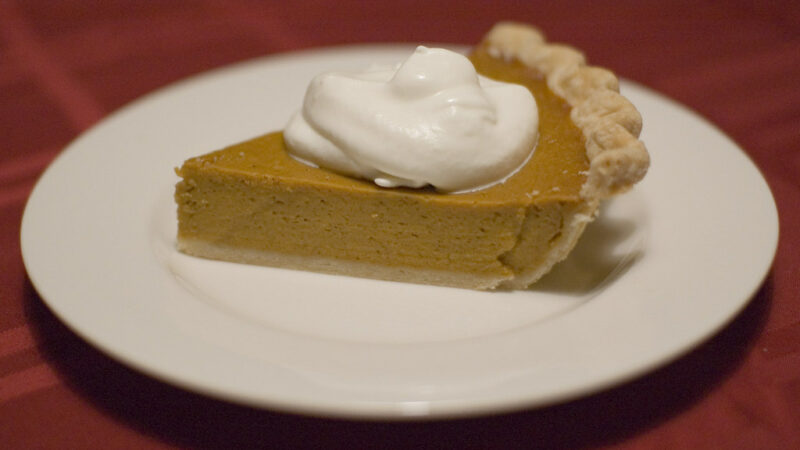How to properly combine foods without fear of gaining weight?
How to properly combine foods without fear of gaining weight?
Various studies have shown that a certain combination of foods improves digestion, prevents the development of metabolic diseases such as type 2 diabetes, but can also provide more energy and help lose weight and regulate healthy weight.
Dr. Alejandro Junger is a writer who specializes in nutrition and its impact on human health. According to him, the right combination of food should be the first step (in addition to exercise) to optimal human health if you want to heal, maintain health or just lose weight. Let’s take a look at what the aforementioned doctor and writer thinks about the most optimal way to eat.
Rule 80 – 20
The best way to eat according to dr. Junger is said to be a plate that is eighty percent made up of green leafy and other vegetables, raw, cooked or baked, and twenty percent made up of protein and fat, fish, meat, and avocados, for example. According to him, it is not necessary to count calories, but to fill the plate only with the mentioned ratio, and additionally to stop eating food when we are 80% full. This way of eating should allow the body to digest food more easily and more easily.
A thoughtful combination of foods
“To facilitate the digestion of food, we follow the basic principles of its combination: Combine green leafy and other vegetables with animal proteins – fish, meat, eggs. Green leafy and other vegetables can also be combined with plant proteins, such as lentils. Do not combine animal and plant protein, such as chicken with quinoa, ”advises Dr. Junger. Here we also have the glycemic index. The glycemic index is a measure of the intensity of a rise in blood glucose levels after eating a particular food. A long-term diet rich in foods with a high GI leads to an increase in the concentration of simple and refined carbohydrates, a chronic increase in insulin levels, cell resistance, so a small amount of glucose is broken down and stored.
This results in increased appetite, which leads to excessive food intake, which results in obesity, and in the long run also the occurrence of diabetes, elevated cholesterol levels, high blood pressure, vascular disease. Carbohydrates with a low glycemic index (50 and less) will not cause a strong insulin reaction, so they will not contribute to weight gain. While eating low GI foods, we also avoid sudden fluctuations in blood sugar, the feeling of satiety is prolonged and there is no excessive hunger.
How do we classify foods according to the glycemic index?
Depending on the level of increase in blood glucose levels, the glycemic index ranks foods and beverages on a scale from 0 to 100. Accordingly, foods and beverages have:
– High glycemic index if the value is higher than 70. Examples of foods with a high glycemic index include white rice, white bread, honey, baked potatoes.
– Average glycemic index if the value is 56-69. Examples of foods with a medium glycemic index include banana, raisins, muesli, couscous.
– Low glycemic index for values less than 55. Examples of foods with a low glycemic index include carrots, apples, lentils, peanuts, meat, green leafy vegetables.
“The value of the glycemic index depends on many factors, such as the type of carbohydrates represented, the amount and type of dietary fiber it contains, how much of it is processed or cooked, and the presence of protein or fat. Foods that contain soluble fiber, for example beans have low glycemia The type of starch present in food also has a significant effect on the GI value Potatoes have a very high GI value (due to the type of starch present), which is especially evident in baked potatoes Simple carbohydrates , such as sugar and sweets have the highest glycemic index and should be avoided.Proteins raise the glycemic index the least – lean meat, poultry, fish, eggs.Fats, although they do not have a high glycemic index, it is still recommended to eat moderately






